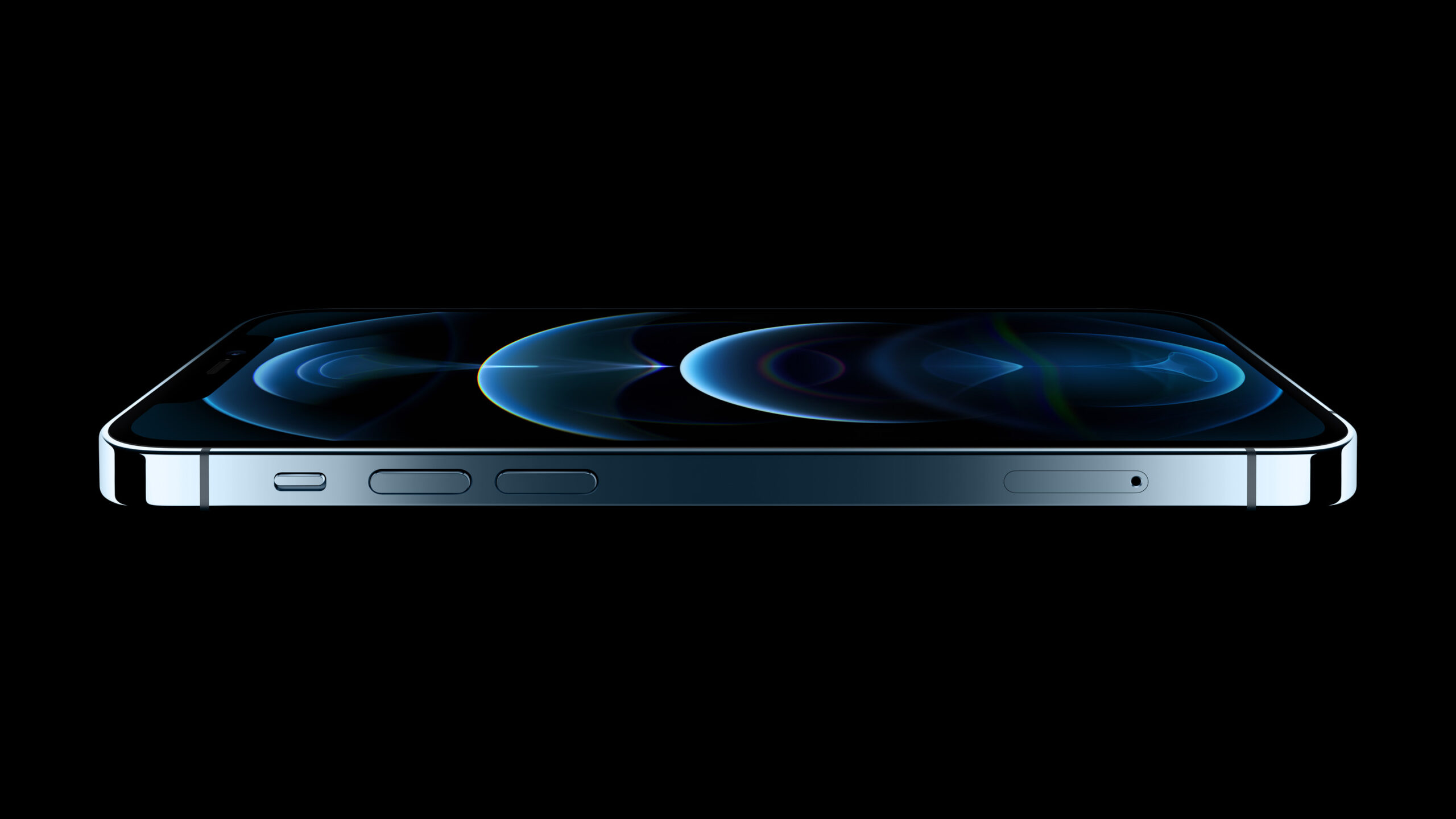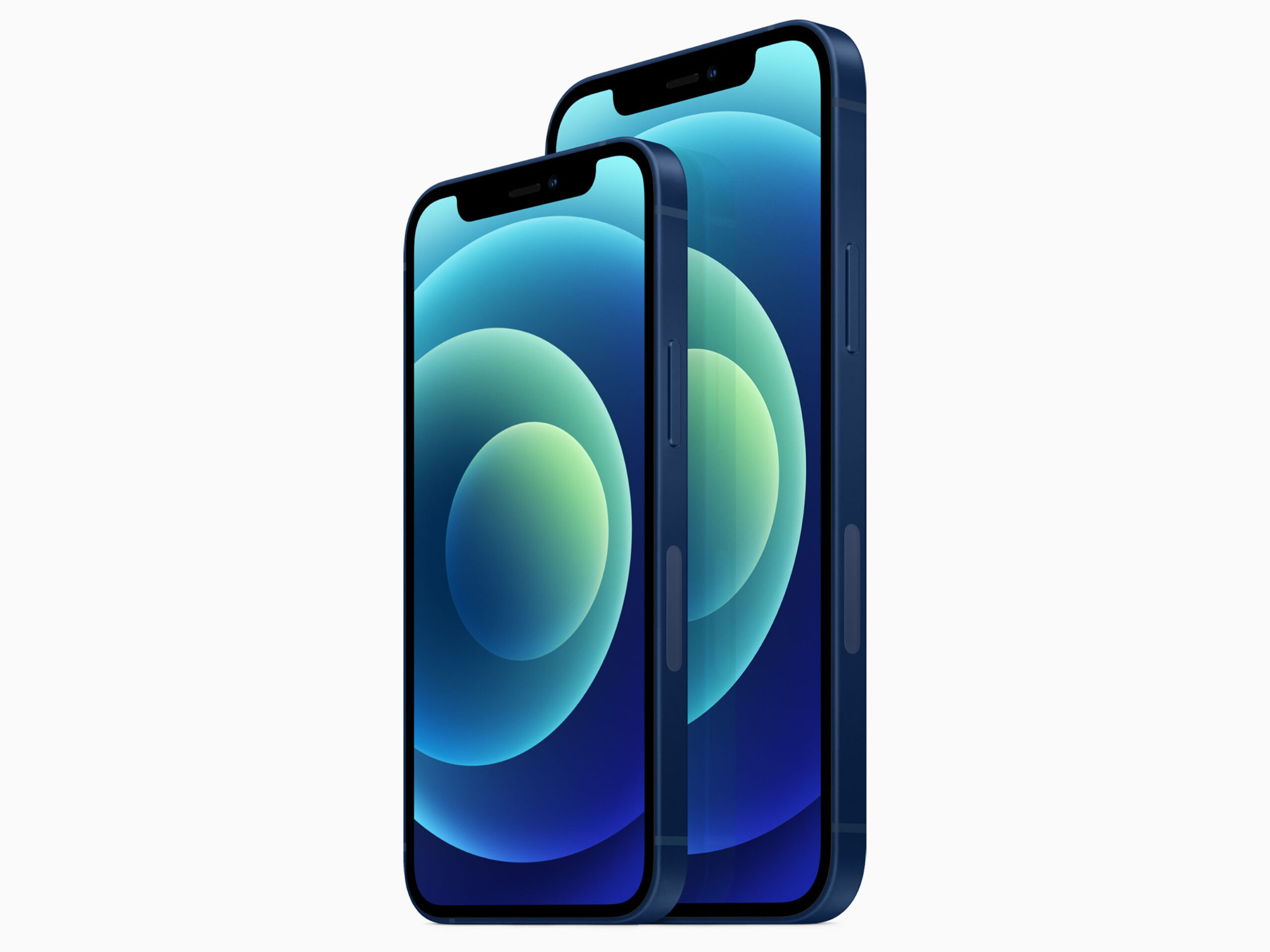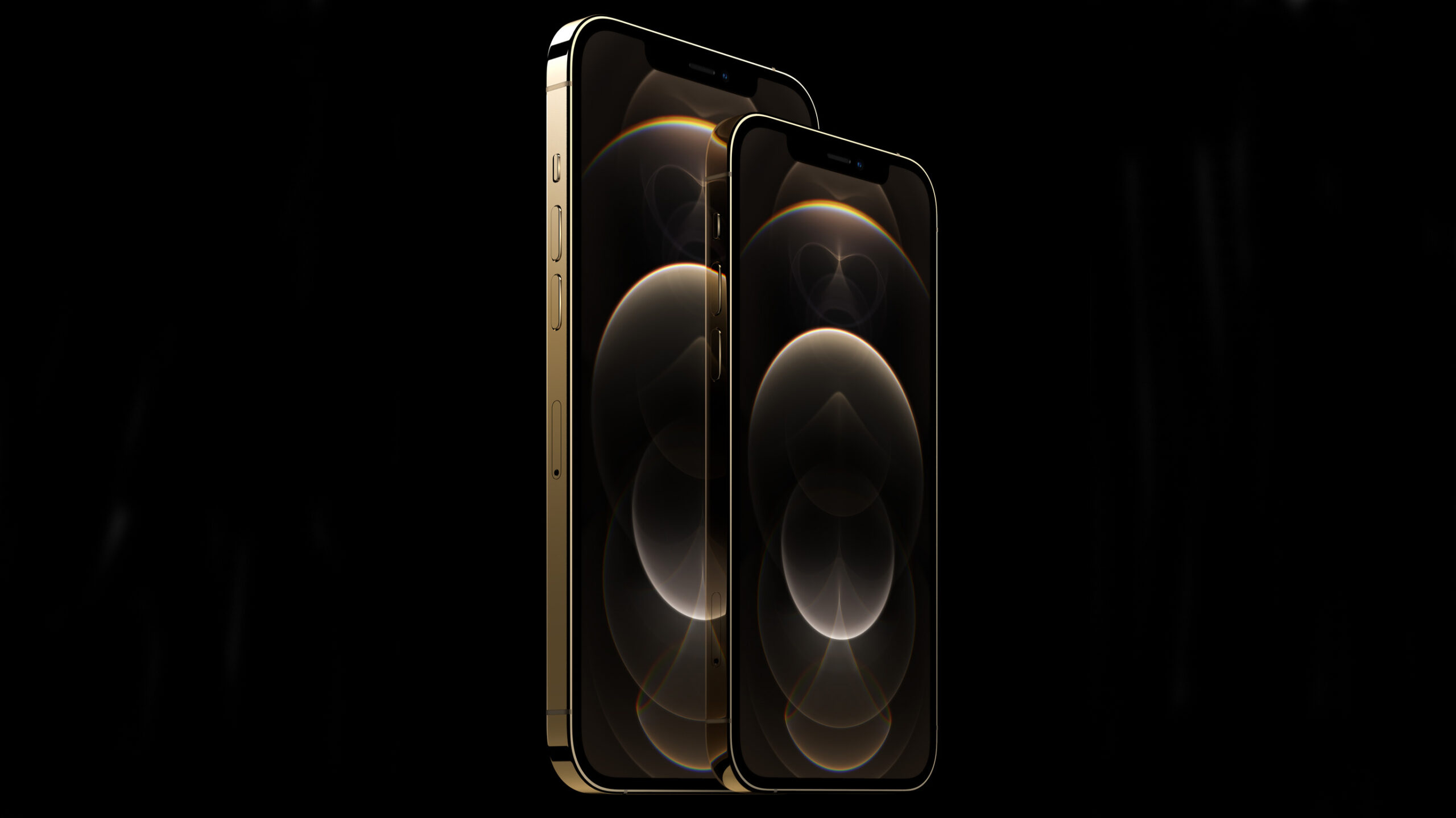
Despite what many fans had hoped for, Apple did not launch any iPhones with high refresh rate displays at its ‘Hi, Speed’ event on October 13th.
The company’s new iPhone 12, 12 mini, 12 Pro and 12 Pro Max all appear to be excellent new devices with plenty of new features. From more powerful A14 Bionic chips to support for 5G and more, these are, as Apple would say, the best iPhones ever. And yet, they only offer 60Hz screens instead of 120Hz.
Apple’s decision to skip out on 120Hz is bad. But, it probably isn’t as bad as you think it is.
Plenty of power for all those extra frames

Apple claims that its new A14 Bionic is the most powerful smartphone processor ever. The company is probably right — we’ll need to do our own tests to say for certain, but chances are good it will smoke the competition in most metrics. Yet, there are several Android phones with 90Hz or 120Hz screens running less powerful Snapdragon 800- and 700-series chips. Clearly, it’s not an issue of power — Apple’s new iPhones are certainly capable of 120Hz.
That argument will likely be one of the main ones for why it’s ridiculous that Apple didn’t include 120Hz displays in any of the iPhone 12 models. Further to that, I’d argue the iPhone 12 was the perfect opportunity to make such a change. The lower-level iPhone 12 and 12 mini both sport OLED displays instead of LCD panels, which removes one of the main arguments to go with a Pro model over the non-Pro variants. As a way to keep the screens differentiated, Apple could have made the Pro models 120Hz.
What’s the benefit in the first place?

So, Apple’s got the power to make 120Hz work. It had a great opportunity to introduce the feature to the iPhone lineup. But why do people care about high refresh rate screens in the first place? If you haven’t been following tech closely for the last year or so, it may not seem like a big deal — it is.
Here’s the low-down on high refresh rate displays. The higher the hertz (Hz), the more times a screen refreshes each second. Most displays out there, from computer monitors to tablets to TVs are 60Hz, which means they refresh 60 times each second and therefore, can display up to 60 frames per second (fps). A 120Hz display then can display up to 120fps. That’s effectively double the refreshes.
Practically, that translates to the device feeling more responsive. For example, when you scroll through a social media feed, each refresh redraws the screen and shows you at a slightly different point in your scroll. Higher refresh rates redraw the screen more often and make the animation of scroll smoother. It’s a difference that can be hard to picture, but is something more people can feel, especially when switching from one refresh rate to another.
Higher refresh rates should palpably improve almost every touch interaction with the screen. Gaming? Smoother, more responsive controls. Typing? The keyboard feels way better. Scrolling through apps and social media? Like butter.
Having had the opportunity to try 60, 90 and 120Hz screens over the last few months, I find 90 and 120Hz to be much smoother than 60Hz. That said, I find less of a difference going from 90 to 120Hz, and many people likely won’t notice a difference going beyond 120Hz. However, everyone’s different, and many people won’t notice a difference going from 60 to 90Hz either.
Bringing it all home

The average person looking to get a new iPhone probably won’t notice or care that there’s no 120Hz display. But those people are also the people who will likely go for the regular iPhone 12 or 12 mini, or perhaps use this opportunity to pick up a discounted older model. Customers looking to buy the iPhone 12 Pro or Pro Max, on the other hand, likely will notice.
And that’s why no 120Hz is a huge miss for Apple, but not as big a miss as everyone thinks. The iPhone 12 Pro is Apple’s premiere, high-end device. It’s the best of everything Apple has to offer — best and biggest displays, best cameras, best battery. It should have 120Hz as well, especially when every other flagship in this price point offers it.
Sure, there are likely upsides to not having 120Hz. Better battery life, for one, especially considering the addition of 5G. Although Apple seems to have software features to mitigate the hit on battery, no doubt 5G will be a major power drain. 120Hz would only make that worse.
Likewise, 120Hz panels are more expensive than 60Hz panels, so there’s likely a degree of cost savings here — not that Apple would pass that on to customers. And of course, for many iPhone customers, 120Hz won’t be a deal-breaker in the end, although some might hold off on upgrading in hopes that the iPhone 13 does offer a 120Hz option.
MobileSyrup may earn a commission from purchases made via our links, which helps fund the journalism we provide free on our website. These links do not influence our editorial content. Support us here.


